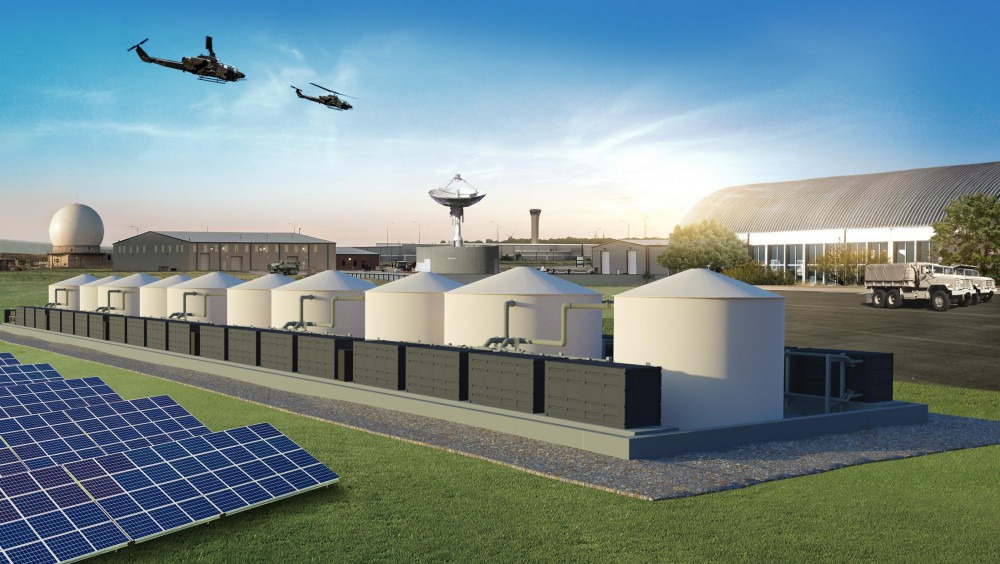
As part of a new contract awarded by the U.S. Department of Defense (DoD), Lockheed Martin will head to Fort Carson, Colo., to set up the department’s first megawatt-scale, long-duration energy storage system.
Known as GridStar Flow, this system will be under the management of the U.S. Army Engineer Research and Development Center’s (ERDC) Construction Engineering Research Laboratory (CERL). There, the new large-capacity storage system will serve as a test for future energy solutions and work to improve the military’s grid resilience through a redox flow battery. When operational, it will store power generated from renewable sources and shunt it to the grid during peak demand or when faced with unexpected electricity loss.
“Electric grids are undergoing unprecedented change. Energy requirements are shifting as we consider renewable resources coupled with utility-scale, long-duration storage options,” Dr. Andrew Nelson, director of CERL, said. “Solutions to increase resiliency and self-sufficiency are crucial to economically and sustainably supporting DoD operations.”
Groundbreaking for the project will take place this fall. Once installed, pilot efforts will see GridStar tested in simulated microgrid and renewable integration protocols to see if its expectations of a 10-hour discharge duration hold up and gauge its ability to manage during long-term power outages.
“We are committed to supporting the U.S. Army’s climate strategy to foster modernization and readiness across the force while seeking out solutions that offer a more secure, sustainable, and cleaner future,” Tom Jarvi, Lockheed Martin GridStar Flow program director, said. “GridStar Flow is designed to meet emerging, long-duration energy storage needs and bolster the necessary grid resilience to combat 21st-century security challenges.”




